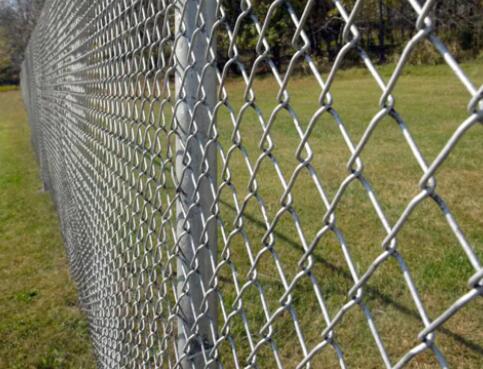The Versatility and Applications of Perforated Material
Perforated materials have gained significant attention across various industries due to their unique properties and versatility. Defined by a series of holes or openings, these materials can be made from metals, plastics, and other substance types. Their distinctive designs not only enhance aesthetics but also improve functionality. From architectural applications to industrial uses, perforated materials are becoming increasingly integral to modern-day applications.
One of the prominent features of perforated materials is their ability to reduce weight while maintaining structural integrity. For instance, aluminum perforated sheets are widely used in construction and manufacturing settings. These sheets provide strength and durability, all while being significantly lighter than solid metal counterparts. This characteristic allows architects and engineers to design structures that are not only visually appealing but also efficient in material usage. The lightweight nature of perforated materials reduces transportation costs and simplifies installation, which is especially beneficial in large-scale projects.
In terms of aesthetics, perforated materials offer a variety of design options. Designers often utilize these materials to create intricate patterns and textures, thereby adding a modern flair to both interior and exterior spaces. For example, perforated panels can be employed in facades, allowing natural light to filter through while maintaining a degree of privacy. This interplay between functionality and beauty is evident in contemporary architecture, where perforated screens and walls are becoming more commonplace.
Moreover, the use of perforated materials extends to sound absorption and acoustics. In venues such as concert halls, theaters, and recording studios, achieving optimal sound quality is paramount. Perforated panels can be strategically placed to mitigate undesirable echoes and enhance sound clarity. The holes in these panels allow sound waves to pass through, reducing intensity and improving overall acoustics. This application is essential in creating environments conducive to music and performance, making perforated materials a staple in the entertainment industry.
perforated material

Besides architecture, perforated materials also find their place in the manufacturing and automotive sectors. In the automotive industry, perforated sheets can be utilized for body panels where weight reduction is critical. Moreover, they aid in cooling systems by allowing air to flow through components more freely. In manufacturing, perforated materials are often employed in the production of conveyor belts, filters, and other equipment where the separation of materials is necessary. The adaptability of perforated materials in various applications significantly enhances efficiency and functionality.
The environmental advantages of perforated materials cannot be overlooked either. Many manufacturers produce perforated products from recycled materials, contributing to sustainability efforts. By utilizing perforated sheets in place of solid counterparts, industries can minimize waste and promote resource conservation. Additionally, the airflow enabled by perforated designs can aid in temperature regulation, which is particularly crucial in environmental and energy efficiency initiatives.
In the realm of art and design, perforated materials have emerged as a medium for creativity. Artists and designers are using these materials to craft installations that engage viewers on multiple levels. The interplay of light and shadow created by perforated surfaces can transform a simple element into a captivating focal point. This innovative use of perforated materials in art showcases their transformative qualities beyond utilitarian applications, demonstrating their potential to inspire and provoke thought.
In conclusion, perforated materials are versatile components that permeate various industries and artistic endeavors. Their unique blend of weight reduction, aesthetic appeal, sound absorption capabilities, and environmental benefits makes them an invaluable resource in modern design and manufacturing. As technology continues to advance, the applications for perforated materials are bound to expand, leading to even more creative and efficient solutions in the future. Whether enhancing architectural beauty, improving acoustics, or fostering sustainability, perforated materials are undoubtedly carving a niche for themselves across the globe.

















